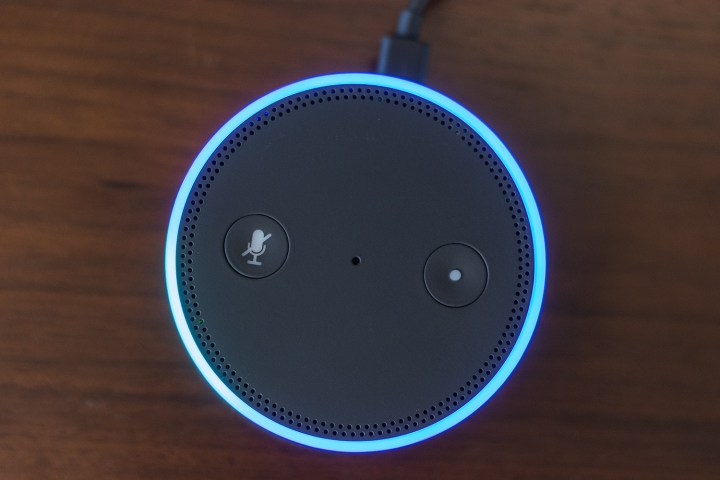
Perhaps the most famous case so far was that of Megan Neitzel of Dallas, Texas, who didn’t realize when she got an Echo Dot as a gift that her six-year-old daughter might ask the digital assistant about cookies and a dollhouse. Alexa did her job and indeed, Megan’s little girl did get what she wanted — which, in Alexa’s mind was four pounds of cookies and a $170 Kidcraft Dollhouse. To the family’s credit, they donated the fancy dollhouse to a local children’s hospital. They ate the cookies.
Then there was the aptly titled, NSFW YouTube video “Amazon Alexa Gone Wild,” in which a little boy asks the digital assistant to play “Digger, Digger.” Alexa’s misinterpretation leads to some inappropriate — albeit, hilarious — responses as the parents scramble to shout, “Alexa, stop!”
But while viral videos and mistaken orders make for funny news bulletins, there is actually a serious risk in relying on digital assistants like Alexa to placate children. Some parenting experts are warning that overusing the device could make some children feel that Alexa is a servant to be commanded, which is behavior that could potentially be carried over to the schoolyard. Other experts also warn that technology often acts like a drug, firing up pathways in the brain lit up by instant gratification.
Amazon didn’t include a ton of parental controls in its devices, but hopefully more are in development. For now, there are a few of quick fixes to keep your kids from becoming viral sensations.
Disable shopping without a PIN
Applying a pin number for the authorization of purchases is a good first step. Open the Alexa app, tap the left navigation panel, and then select Settings then Voice Purchasing. You can either turn it off entirely or require a four-digit code. Just don’t use it in front of your little brainiacs.
Change your wake word so it’s not ‘Alexa’
Changing the wake word from “Alexa” to something else is another tactic. This also helps prevent the risk of secondary commands, which was an issue on Super Bowl Sunday when Google’s commercial for the Home started activating Home devices around the globe. To make the switch, open the Alexa app and select Settings from the navigation panel. Choose your device, scroll to select Wake Word, pick your preference from the drop-down menu, and click or tap Save. Amazon, Echo, and Computer are all options, though your kids might catch on pretty quickly to this switcheroo.
Make your kids an account
If you set up a Household Account, it allows you to make two grown-up accounts, as well as up to four child accounts. These kid accounts can’t make purchases, but you can share G-rated books and music with them. Unfortunately, you can’t use Alexa products to access these accounts just yet, but hopefully it’s a feature that Amazon engineers will take into consideration.
Maybe Amazon will fix this…
Maybe frustrated parents can lobby Amazon to take the advice of writer Hunter Walk, who suggested that Alexa needs a kid-only mode that only responds to “Alexa, please…”
Updated 2/16/2017: Updated to reflect that Alexa cannot yet access child accounts yet.


